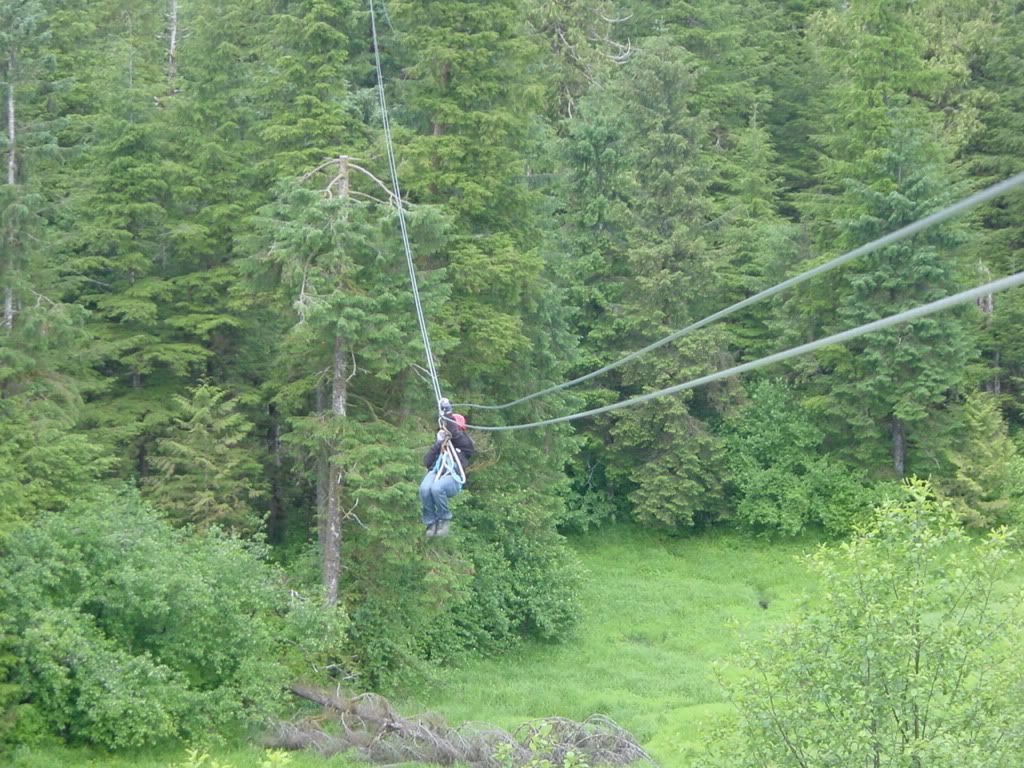RobS
Super Member
The one's I have ridden (flown?) have had enough sag in them, with the starting end higher, so when you get to the designated spot you are going uphill again on the cable and naturally come to a stop. One particularly long one you would roll back and forth a few times before settling at the low spot. I don't think I'd want one where you could hit a tree!
Completely side note, I did another adventure race Saturday where there is normally a zip line. Instead, we rappelled off the face of a dam which ended in a 15 foot free fall to the water below. Was a blast!
Completely side note, I did another adventure race Saturday where there is normally a zip line. Instead, we rappelled off the face of a dam which ended in a 15 foot free fall to the water below. Was a blast!
